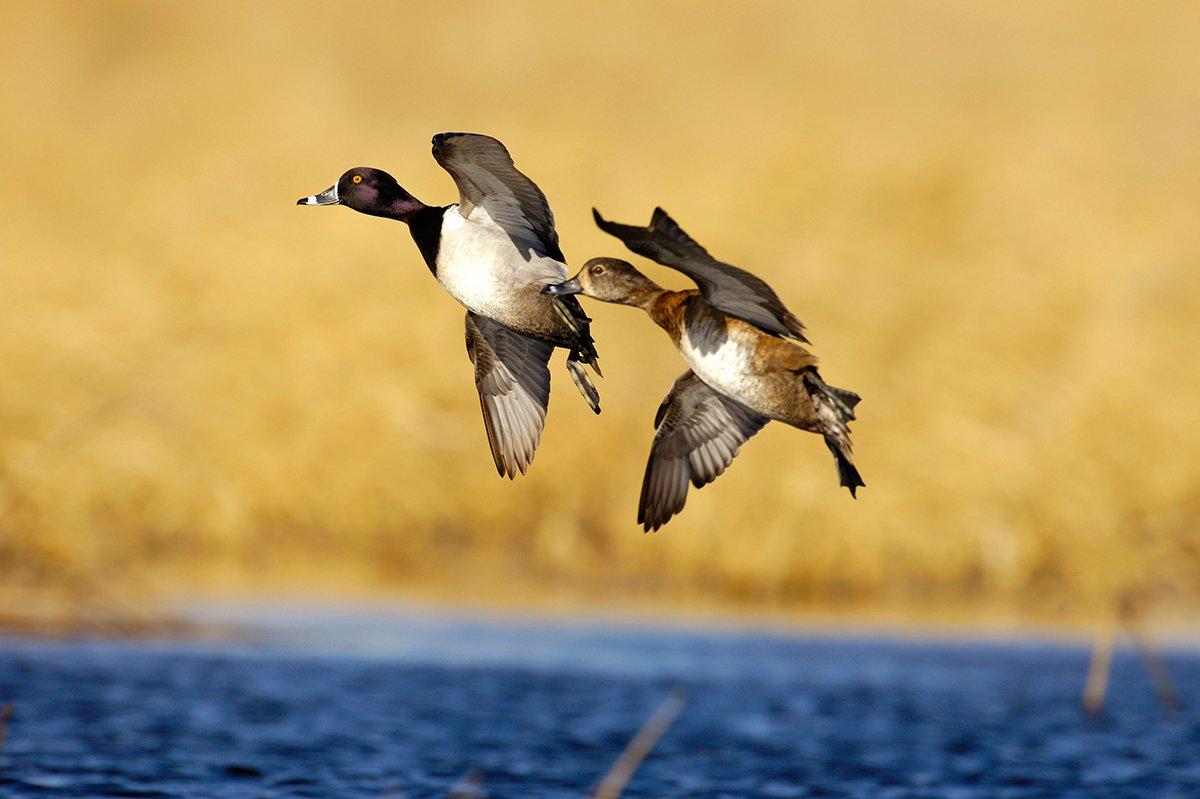Michael Waddell's Radio Collared Buck

But on occasion, we're given a true glimpse inside the life of a whitetail buck. The radio-collared ''Buck No. 89'' Michael Waddell killed on his Kansas farm last November is a prime example. Waddell's farm adjoins the 22,000-acre Quivira National Wildlife Refuge, a well-known NWR in the duck hunting world. Not long after buying the property, Waddell saw two deer wearing neck collars and ear tags. He learned they'd been tagged and fitted with the collars by students from a nearby college researching deer behavior.
One collar-sporting deer in particular caught Waddell's eye during the 2010 season. It was a big buck—not a Boone and Crockett monster—but no doubt a mature deer. The animal eluded him that year, but again became a regular customer in November of 2011. Waddell arrowed the buck the morning of Nov. 10 last year (you can see the hunt on Episode 10 of this season's Realtree Road Trips). See a teaser by visiting Realtree.tv.
The data retrieved from the collar revealed some interesting things, but first the stats. The buck was 6.5 years old when Waddell killed it, and was fitted with the collar on the NWR on Jan. 19, 2009. He was a 12-pointer that scored 145 inches.
The buck had a relatively large home range of around 9.1 square miles, and that included both refuge and private land. The buck's core area was estimated to be about 6,000 acres, and that area was almost exclusively on the refuge. From the report, The pattern of bucks having a defined 'core area' was consistent across our study; most bucks would spend most of the time concentrated in a relatively small area, but would periodically venture out from this area and use a much larger overall home range.
This buck did use crop fields, primarily winter wheat during December - January but not as much as some of our other deer. The collars took readings every 3.5 hours during the fall/winter and this buck moved a maximum distance of a little over 3 miles between locations.''
Six thousand acres -- and that's the core area -- is a lot of country. Quite a bit more than most hunters probably envision "their'' bucks covering on a routine basis. But, as we said, whitetails are mysterious. And that's half of what makes them so cool.
The buck was dubbed No. 89 in the research project, and has come to be known by that name. Learn more about it by visiting Waddell's blog.









































